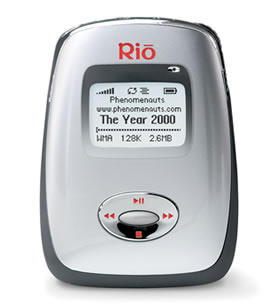 T
The Rio is dead. Long live the iPod.
Rio, the brand name that first made digital music players popular, will pass into history on September 30. D&M Holdings Inc., owner of the Rio brand,
announced on August 26 that it would be getting out of the MP3 player business.
"The company's decision to exit the Rio business followed a determination that the mass-market portable digital audio player market was not a strong enough strategic fit with the company's core and profitable premium consumer electronics brands to warrant additional investment in the category," said the Tokyo-based company in a
press release.
While Apple Computer Inc.'s iPod can lay claim to making the digital music experience simple and painless, it was the Rio PMP300, then manufactured by
Diamond Multimedia, that introduced the cassette-tape- and CD-spinning world to portable digital music in 1998. However, after steady losses in market share, the end of the road for the Rio brand is now in sight.
The end came rather quickly. On July 26, just months after introducing the Rio Carbon (pictured above), D&M Holdings sold the technology behind the Rio players to SigmaTel, Inc., which makes the chipsets inside the players. However, even then the
Rio Web site said that Rio players would continue to be marketed.
Is this the beginning of the end of the line for the rest of the iPod's competition? Not yet. The road for challengers will be tough, but other devices can compete by offering additional features.
For example,
Giant International Ltd. plans to introduce the
Tao Wireless Media Player (pictured to the right), an

MP3 player with some nifty wireless capabilities, sometime this fall. In addition to a 20-gigabyte hard disk (enough for 5,000 songs) and an FM radio tuner, the unit also has an FM transmitter and a Wi-Fi wireless networking adapter.
The FM transmitter lets you listen to the music inside the unit on any FM radio, including your car stereo. You just need to set the unit to an unused FM frequency in your area.
The Wi-Fi adapter lets you download music into the unit without the need for a computer. Once you link with a Wi-Fi connection to the Internet, you can purchase and download music and audio books directly from online stores.
The Tao Wireless Media Player (suggested price $349.99) was shown at the Consumer Electronics Show in Las Vegas in January but is not expected to reach stores until this fall.
Is there room for iPod challengers? What do you think?
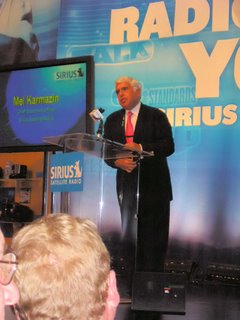


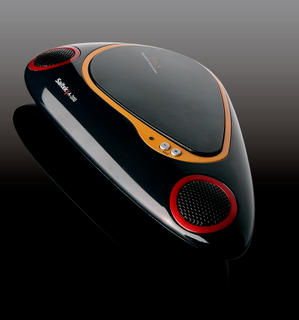
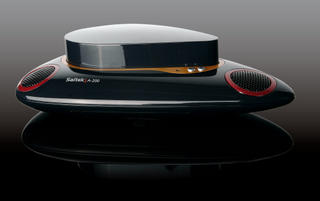


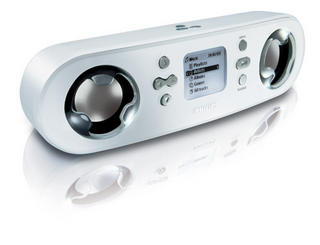
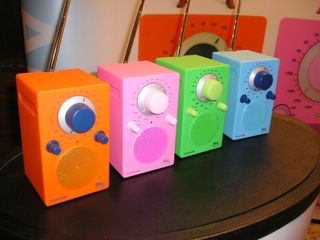



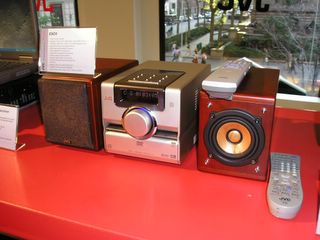
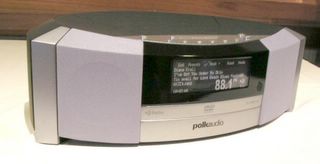


.JPG)

















